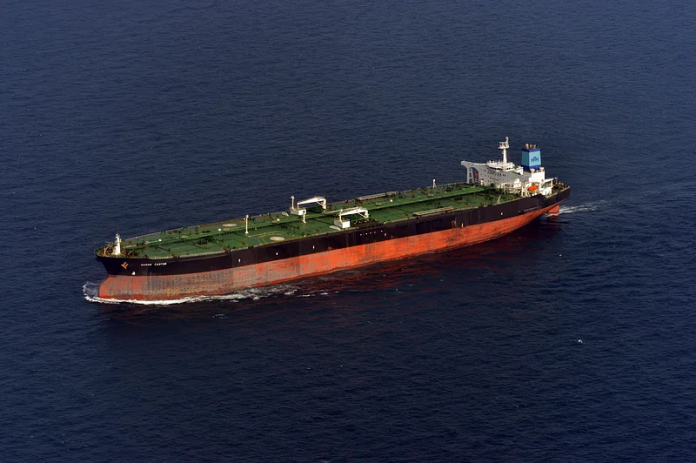
Is a rusting oil tanker anchored off the coast of France potentially part of the most sophisticated hybrid warfare campaign Europe has experienced for years? The arrest of two crew members of Benin-flagged Boracay off Saint-Nazaire has brought into sharp relief the intersection of maritime sanctions enforcement and emerging drone threats in the Baltic and North Sea.
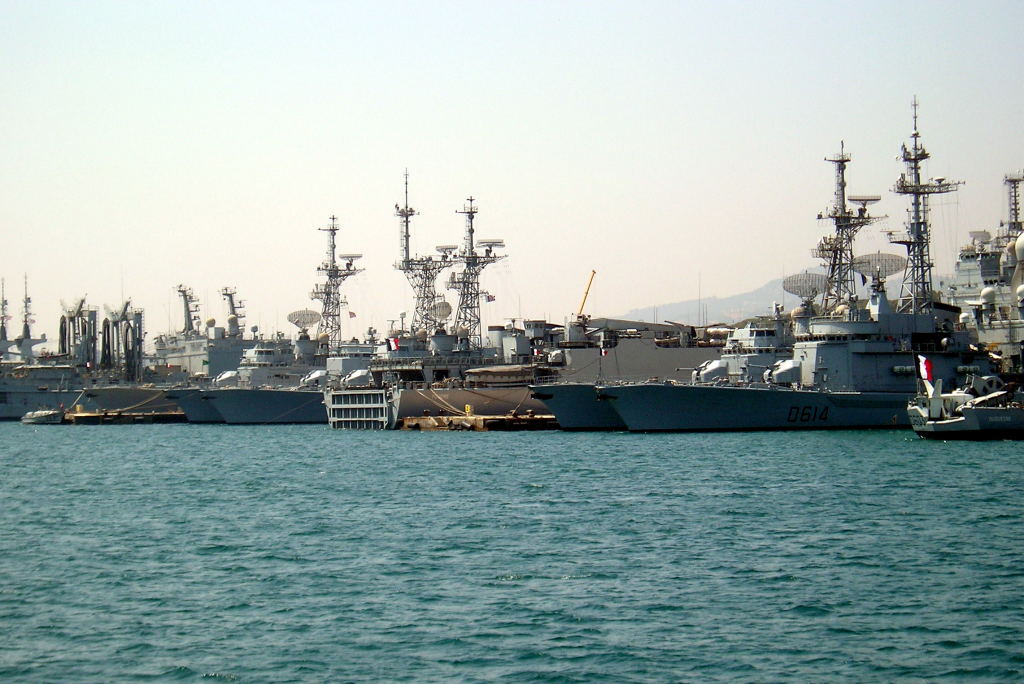
1. The Arrest and Immediate Charges
French naval personnel boarded the Boracay on Wednesday and arrested its captain and first mate on charges of “failure to explain the nationality of the ship” and “refusal to obey” summonses, Brest prosecutor Stéphane Kellenberger said. The ship, blacklisted by the EU in its former name Kiwala, had left Primorsk, Russia, on September 20, and was en route to Vadinar, India, when it diverted to France. President Emmanuel Macron described the boarding as “a very important operation” against “very important offenses committed by the crew.”
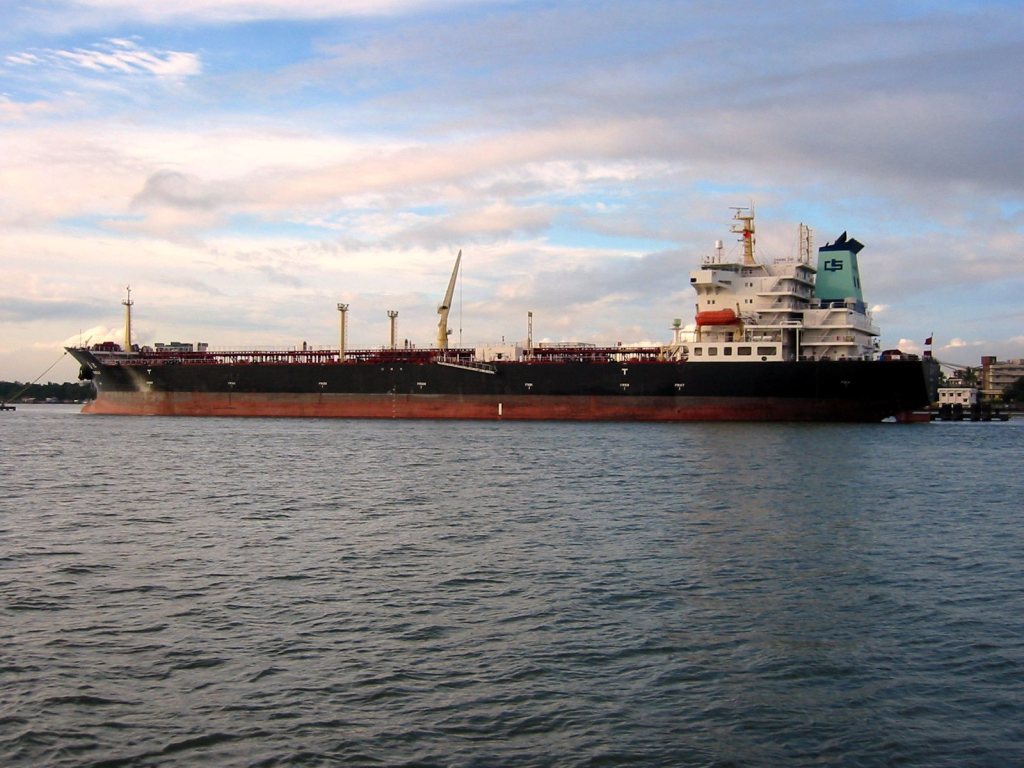
2. The Shadow Fleet Profile
The Boracay is in the profile of Russia’s so-called shadow fleet: old tankers with murky ownership, flag switches, and a history of sanctions busting. There are around 600 to 1,000 suspected vessels in this fleet that represent a maximum 17% of the world’s in-service oil tanker fleet over 27,000 dwt. They have an average age of 20 years, with most of the vessels avoiding legitimate insurers. The ships have the tendency to disable AIS transponders, falsify registry documents, and practice ship-to-ship transfers to conceal cargo origins.

3. Suspected Drone Launch Platform
Local news and sea tracking reports place the Boracay near Denmark since it was among the aircraft involved in last week’s series of drone intrusions which penetrated Copenhagen and other airports. Officials believe it may have been utilized as a launch point or a command center for the unmanned aerial vehicles. As noted by the Peace Research Institute Oslo’s Bruno Oliveira Martins, “Drones that can take off vertically and are small can be deployed from nearly anywhere, including small boats,” and larger fixed-wing drones require larger platforms something found on tankers like Boracay.
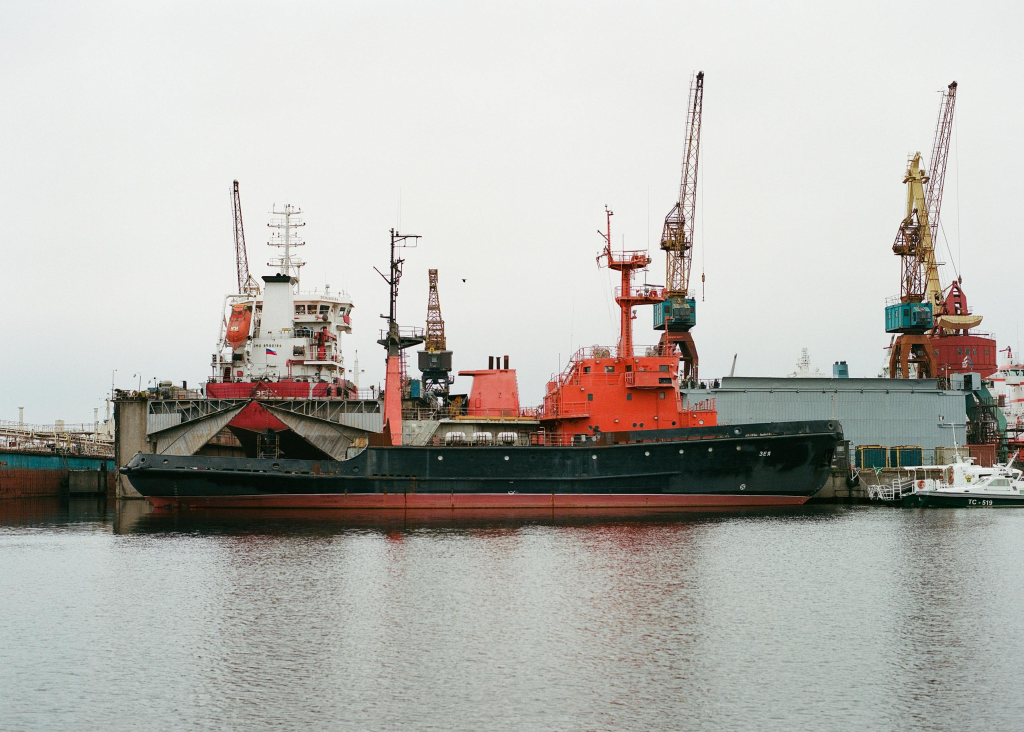
4. Maritime Tracking and Enforcement Technologies
Finland and Germany have begun requesting civil liability certificates and insurance documents from Russian port tankers to produce upon arrival. The action is meant to create a legal basis for detaining vessels that have no assured cover, a step important given that only a third of Russian crude carriers have International Group P&I insurance. The detention of the Boracay shows the application of combined ship tracking, registry verification, and insurance compliance in curbing sanction evasion.

5. NATO Baltic Sentry and Maritime ISR
As a counter-measure against increasing drone sightings, NATO has deployed multi-domain assets under “Baltic Sentry,” including air-defense frigates such as Germany’s FGS Hamburg. Allied Maritime Command Commander Arlo Abrahamson pointed out that “multiple intelligence, surveillance, and reconnaissance platforms” now sail off Denmark’s coast. ISR assets can correlate the location of ships with aerial incursions, enabling actionable intelligence on interdictions.

6. The EU’s ‘Drone Wall’ Initiative
Copenhagen’s EU leaders discussed a “drone wall” a multi-layered intercept and detection regime across the eastern border. It was termed “the cornerstone of a viable European defence” by Ursula von der Leyen. Specialists predict multi-layered sensors radar, acoustic, and RF surveillance driving rapid-reacting jamming, spoofing, or kinetic interceptors. As NATO Secretary-General Mark Rutte warned, “We can’t spend millions on missiles to destroy drones that cost a few thousand dollars,” highlighting the need for frugal countermeasures.
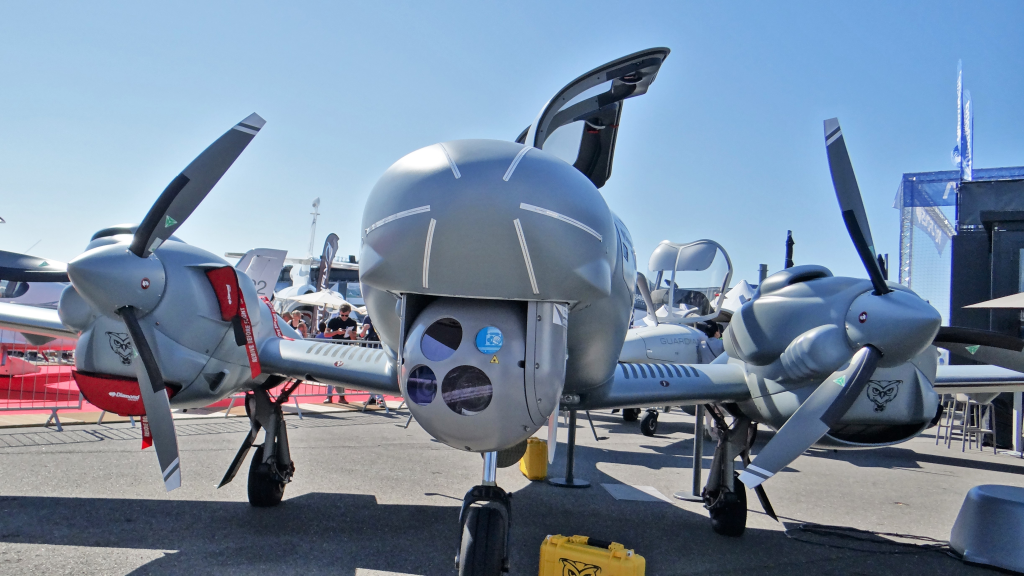
7. Hybrid Warfare and Maritime Law Limitations
By the UN’s “right of innocent passage,” shadow fleet vessels are allowed to transit through national waters unless criminal intent is established. It is difficult to show a demonstrable link between a vessel and enemy drone missions without catching operators “red-handed,” said maritime law expert Alexander Lott. This legal constraint leverages intelligence fusion deploying maritime surveillance, electronic monitoring, and aerial surveillance to justify intervention.
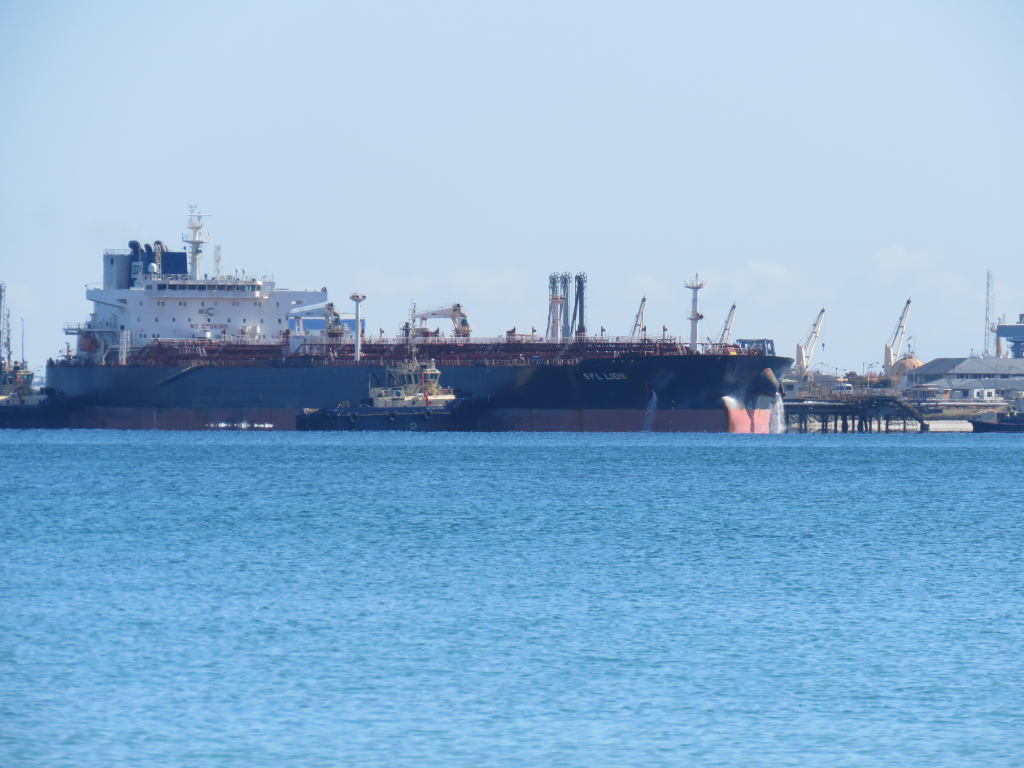
8. Critical Infrastructure Threats
The shadow fleet’s purpose extends beyond the shipping of oil. The disruption of undersea cables between Estonia and Finland by the Eagle S demonstrates the ability of the fleet to physically destroy infrastructure. Drone incursions close to German power plants, hospitals, and shipyards last week suggest reconnaissance for future attack. A leaked internal German report claimed drones were “measuring critical infrastructure for size,” evidence of pre-operational preparations.

9. Engineering Challenges in Counter-Drone Systems
Small, high-speed drone detection remains a technical challenge. Acoustic arrays must filter drone signatures from background noise, and RF detectors must deal with frequency-hopping controls. AI-powered swarms can overwhelm static defenses and require adaptive, constantly evolving countermeasures. James Patton Rogers at Cornell University discovered, “The life cycle of drones and counter measures to them is six weeks,” which compels the need for rapid innovation cycles. John W. Everhart Sr.

10. Strategic Implications
The Boracay incident encapsulates the convergence of maritime sanctions enforcement and air threat deterrence. It demonstrates that shadow fleet interdictions are not only oil now they are a front line in defending European airspace and infrastructure from hybrid threats. Conjoint action across NATO and EU institutions, balancing both maritime law enforcement and state-of-the-art counter-drone technology, will be necessary to counter this evolving security nexus.
